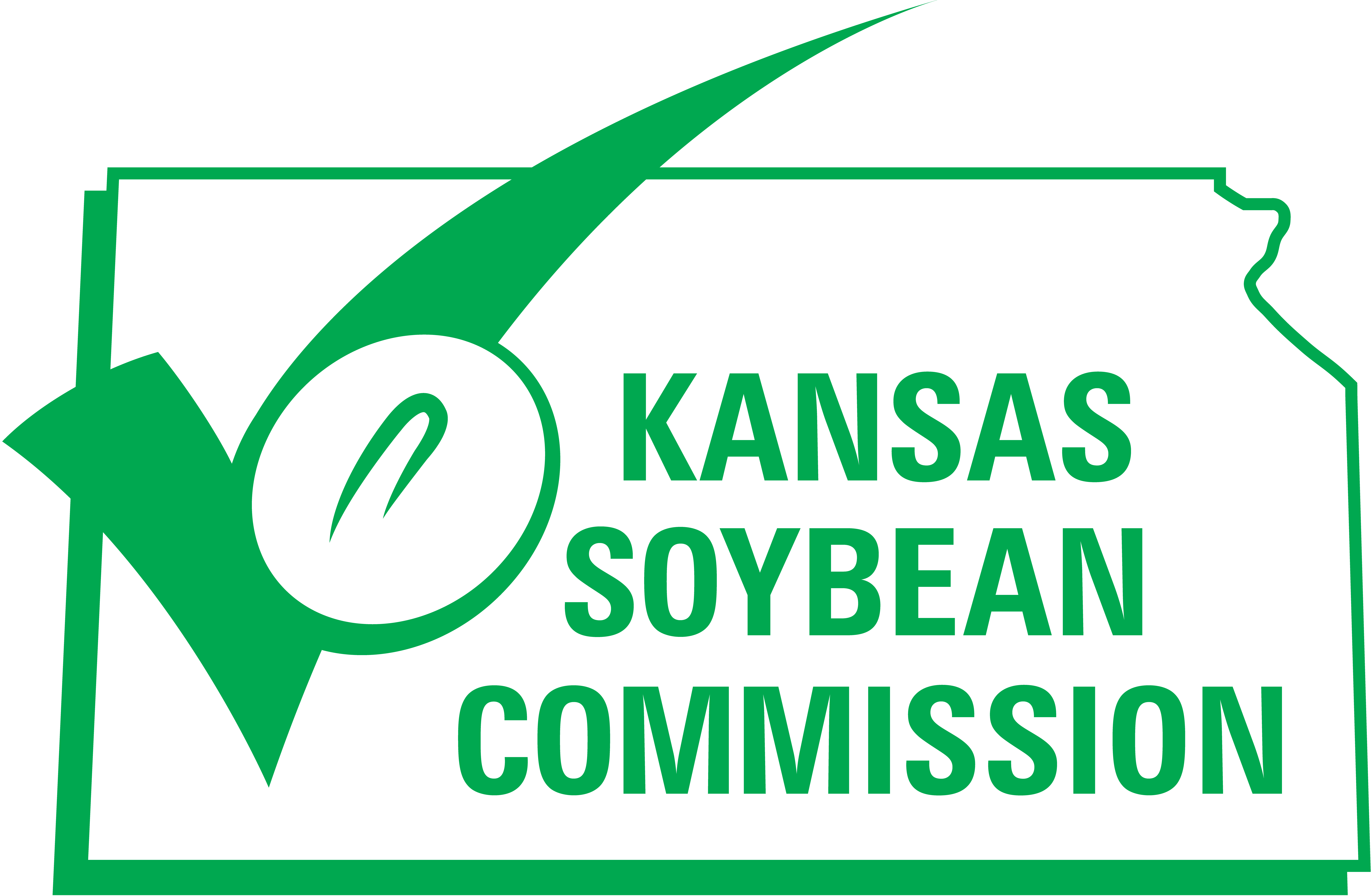Rail companies, unions find middle ground
Many across the country breathed a sigh of relief Sept. 15 when a tentative agreement was reached between the National Carriers’ Conference Committee and 12 unions representing railroad workers. In the week leading up to the agreement, the situation had railroad companies bracing for an impending strike, lockout or slowdown starting Friday, Sept. 16 if no agreement came to fruition.
It is not a new situation – negotiations have been ongoing since 2020 with no agreement reached. The negotiations picked up speed in July when President Biden appointed three individuals to develop a set of non-binding recommendations, which were given to the parties involved in the bargaining in August. Sept. 16 marked the deadline for accepting the recommendations or reaching a different arrangement with threat of a strike or lockout looming.
According to Mike Steenhoek, executive director for the Soy Transportation Coalition, the tentative agreement reached includes a 24% wage increase for railroad workers over five years. The railroad companies had proposed a 17% wage increase over five years and the unions had proposed a 31.3% increase over five years in prior negotiations.
President Biden released a statement following the agreement, calling it a win for the economy and rail workers keeping the rail lines operating, “the hard work done to reach this tentative agreement means that our economy can avert the significant damage any shutdown would have brought.”
Significant damage, indeed. Railway stoppage would be detrimental to the economy, costing an estimated $2 billion per day. It would stall more than 7,000 long-distance freight trains – the equivalent of 460,000 long-haul trucks, a difference the trucking industry could not have covered.
With harvest already underway across much of Kansas, ending railway transportation of grains had many agricultural groups and farmers concerned. The American Soybean Association shares that 20% of all soybeans and 40% of biodiesel moves on freight rail, and called a potential strike “catastrophic.”
Our nation’s railroads are integral to the success of the American farmer,” Steenhoek says. “Without cost-effective, reliable rail service, so much of what farmers produce will never connect with our domestic and international customers. American farmers are responding to the challenges of global food insecurity. We need our nation’s railroads to be a reliable partner in this effort.”
ASA and other ag groups, including the Agricultural Transportation Working Group, have actively advocated for resolution throughout the negotiations.
At the time of preparing this article, the situation stood that the rail worker unions still needed to ratify the agreement and all parties had agreed to operate with regular service until the ratification is finalized. ASA reported that it could be mid-November before the ratification is determined in full.
In related news, the Freight Rail Shipping Fair Market Act is up for debate in the U.S. House of Representatives. This legislation, first introduced August 3, reauthorizes the Surface Transportation Board and aims to create a fairer and more competitive marketplace. The National Grain and Feed Association shared a statement in support of the bill citing how rail service issues have caused supply chain disruptions and negatively impacted U.S. Grain Exports. ASA collected farmer testimonies on how rail service issues have impacted operations to share those stories at the committee hearing on the bill Sept. 21.

